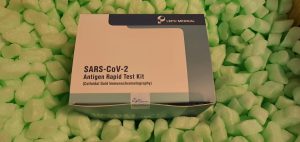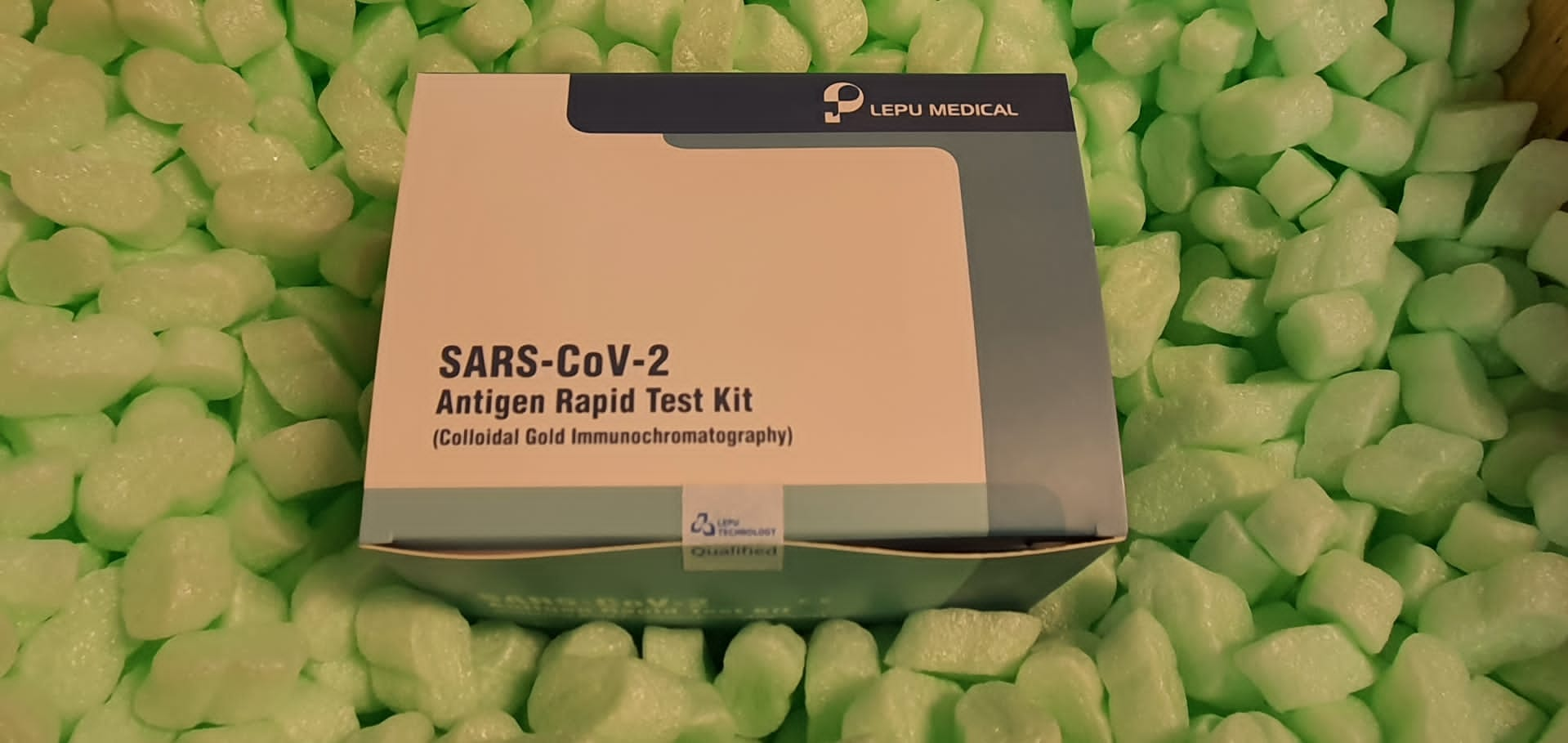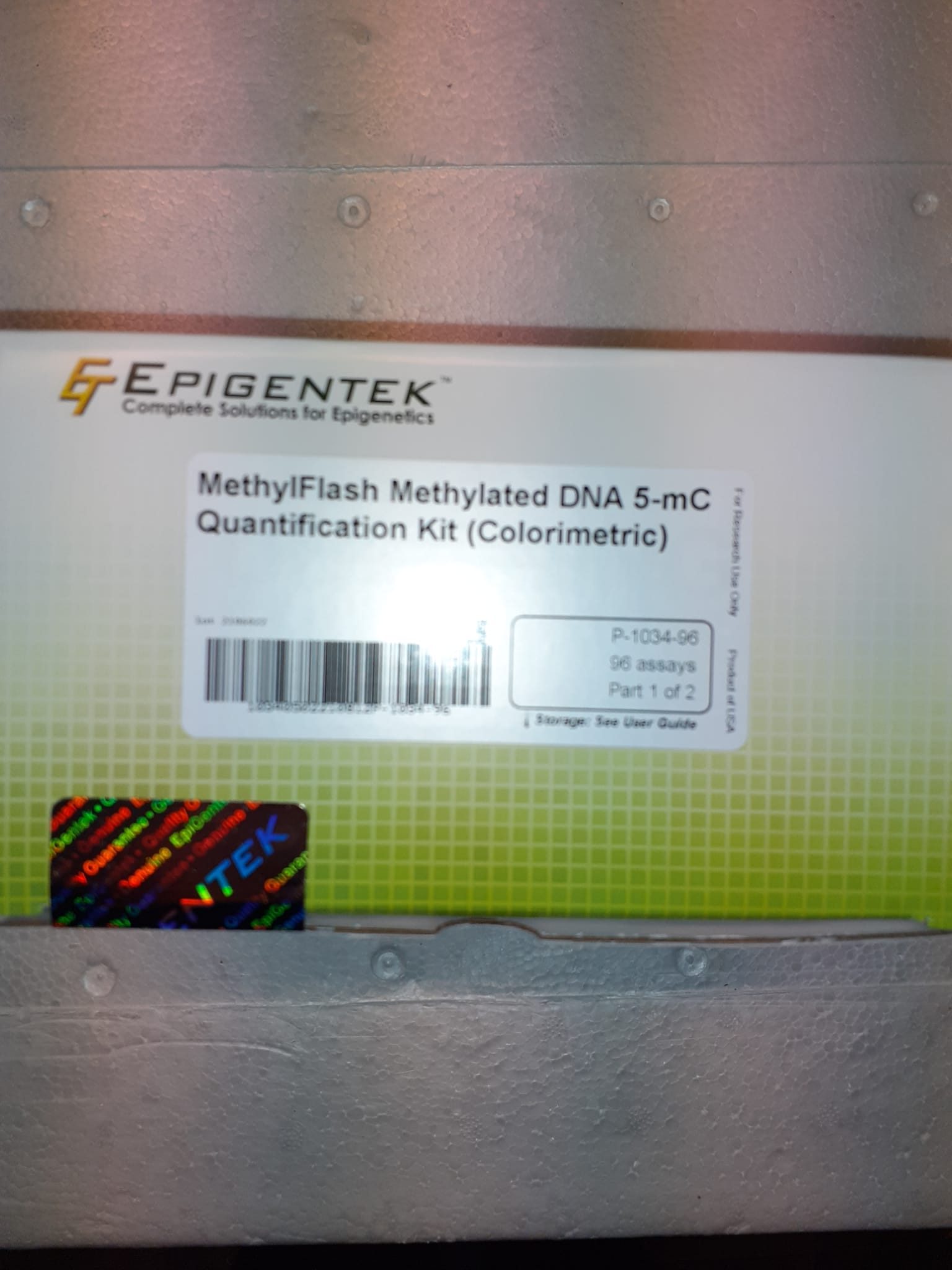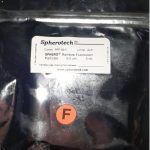The elimination of non-biodegradable plastic waste without new upgrade / demotion is not acceptable on the environment and many methods to overcome the problem have been proposed. In this case, we indicate a simple method for creating high-value nanomaterials from plastic waste as a partial solution to the problem of the environment. The polypropylene laboratory laboratory laboratory tubes have been chosen as a carbon source to show the process principle. In the process, the multi-wall carbon nanotubes (MWCNT) were synthesized from plastic waste in a two-step stainless steel metal tube (SS 316) which served both reactor and catalyst vessel.
The steel reactor contains (and neither and various alloys), which act as the catalyst for the carbon conversion process. The reaction and products have been studied using the microanalysis of the electronic probe, thermogravimetric analysis, Raman spectroscopy and electron microscopy of transmission electron and scanning microscopy. Optimization studies to determine the effect of different parameters on the process showed that the highest yield and most graphite MWCNT were formed at 900 ° C in the reaction conditions used (yield 42%; Raman ID report / Ig = 0.48). The high quality and high performance of the MWCNTs that have been produced in a plastic waste stream reactor using a two-stage SS 316 (CVD) chemical vapor deposition furnace do not need to Use an added catalyst.
Validation of the microgravity of a new system for RNA insulation and multiplex quantitative real-time PCR analysis of gene expression on the international spatial station.
National Laboratory of the International Space Station (ISS) is devoted to the study of the effects of space on life and physical systems, as well as developing new sciences and technologies for the exploration of space. An essential aspect of the achievement of these objectives is to exploit the national ISS laboratory as a land laboratory, performing an end-to-end complex experiment, without being limited to a simple exposure to microgravity. Towards this end, NASA has developed a new series of molecular biology laboratory tools, reagents and methods named WidLab-2, uniquely designed to operate in microgravity and processing biological samples for an expression analysis real-time gene. This includes a new fluidic RNA sample preparation module and fluid transfer devices, all-in-one lyophilized PCR tests, a centrifuge and real-time PCR thermal cycler.
We describe here the results of the WetLab-2 validation experiments carried out in microgravity during the increment of ISS 47 / SPX-8. More specifically, a quantitative PCR was carried out on a series of DNA calibration standards and reverse transcriptase PCR was carried out on the RNA extracted and purified in orbit from Escherichia coli hipatic hepatic tissue and mice. The cycle threshold values (CT) and PCR efficiencies obtained in orbit from DNA standards were similar to Land controls (1 g). In addition, the analysis of the orbit multiplex of gene expression from bacterial cells and mammalian fabric RNA samples was successfully completed in approximately 3 hours, with data transmitted within a radius of 2 h of completion of the experience.
Microgravity thermal cycling resulted in the trapping of gas bubbles inside Septa Cap dosing tubes, causing a low but measurable increase in the noise of the CT curve and variability. Bubble formation has been successfully removed in a rapid orbit tracking experiment with standard caps for PCR tubes and reduce gas release during heating cycles. The WETLAB-2 facility now provides a new operational research capacity on the orbit of molecular biology and demonstrates the feasibility of more complex wet bench experiences in the ISS national laboratory environment.

A flexible cell concentrator using inertial focus.
The setting of the cell concentration is intensely implemented regularly in research and clinical laboratories. The centrifuge is the most common technique for setting the biosample concentration. But this suffers from a number of disadvantages, such as the need for experienced, high cost, low resolution, variable reproducibility and damage to the sample. In this case, we report a cost-effective alternative using inertial microfluidic. Although the majority of existing literatures focus on the inertia focusing on itself, we identify the substantial role of the output system played in the performance of the device that has long been underestimated. The resistors of the points of sale involve virtually the definition of the cutoff size of a given inertial filtration channel. Following the complete exploration of the influence of the exit system, we designed an inertial device with selectable outlets.
Using both commercial microparticles and HEP G2 culture cells, we successfully demonstrated the automated concentration modification and observed several key advantages of our device with respect to conventional centrifuge, such as cell loss considerably reduced (only 4.2% against about 40% of the centrifuge). , better preservation of cell viability and less treatment time as well as increased reproducibility due to lack of manual operation. In addition, our device also has high efficiency for the concentrated sample. We envisage its promising applications in the circumstance where the preparation of the repetitive sample is used intensely. Blood specimens are transported from clinical services to the biochemistry laboratory by hospital mail service, sometimes over long distances. The objective of this study was to assess the stability of common biochemical analytes in venous blood in our routine transport conditions and evaluate the stability of the analyte after fast or delayed centrifugation.
We have studied the pre and postanalytic contributions of 32 biochemical analytes in plasma and serum samples of 10 patients (healthy adults and patients from intensive care units). Differences in analyte concentrations between the reference base (T0) and different time intervals after storage after fast and delayed centrifugation have been reported. The evaluation was against the total change limit described by Oddoze et al.




